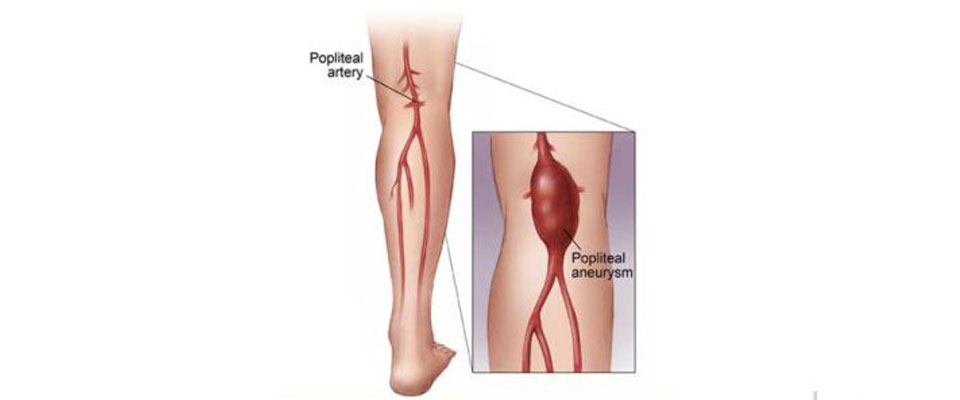
What Is An Aneurysm Of The Poplite?
The popliteal artery is behind the knee joint and transports blood from the upper part of the leg to the lower part. A popliteal aneurysm is a popliteal artery's abnormal bulging. If its diameter exceeds 2 cm, a popliteal artery is usually considered aneurismal.
Who's Getting Popular Aneurysms?
Risk factors are identical to other arterial aneurysms, such as family history, smoking, blood pressure, etc. In particular, popliteal aneurysms are often seen when someone has an aneurysm at another site.
What Are The Problems With Popliteal Aneurysms?
The main risk with most aneurysms is that aneurysms burst and cause massive bleeding. Popliteal aneurysms are different, because the main problem is not rupture, but blocking the aneurysms causing severe blood supply to the lower leg and foot. This is the result of a blood clot gradually building up on the aneurysm's inner wall. This is called a mural thrombus that causes severe damage to the lower leg and foot of the arteries over time. If left too late, the problem can be difficult to rescue and amputations are at high risk. Popliteal aneurysms should therefore be treated.
How Do You Treat Popliteal Aneurysms?
There are two ways to treat aneurysms of the poplite. The most commonly used method is surgical bypass from the femoral artery above the knee to the popliteal artery below the aneurysm using the same leg vein. The aneurysm is then linked up and down. Such an asymptomatic popliteal aneurysm surgery is very successful with a 5-year graft patent of around 90 percent and more than 98 percent limb preservation. If treatment is delayed until the aneurysm is symptomatic, the result is poor, with almost 20 percent of the limbs requiring amputation.